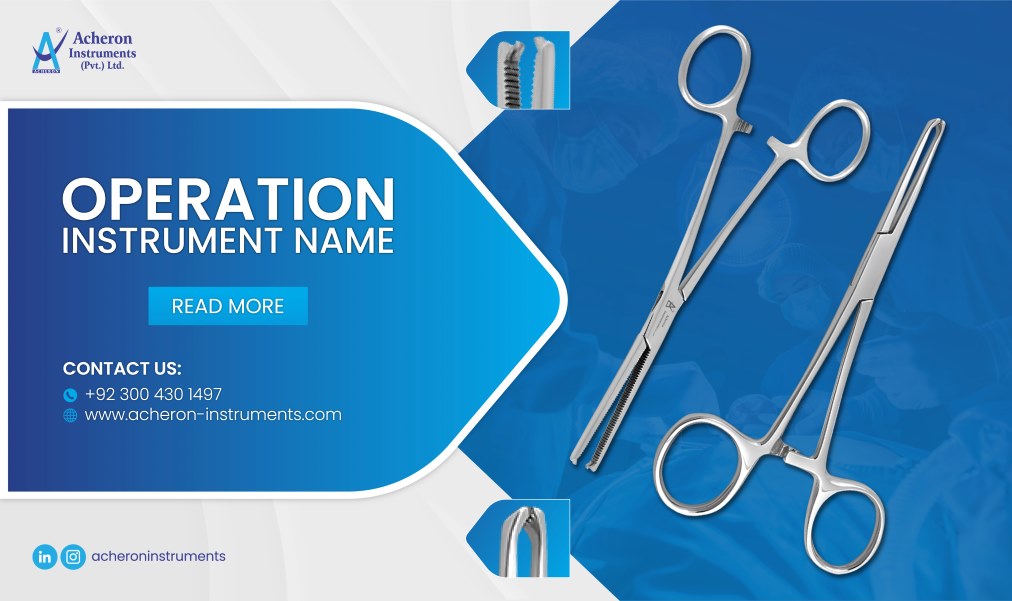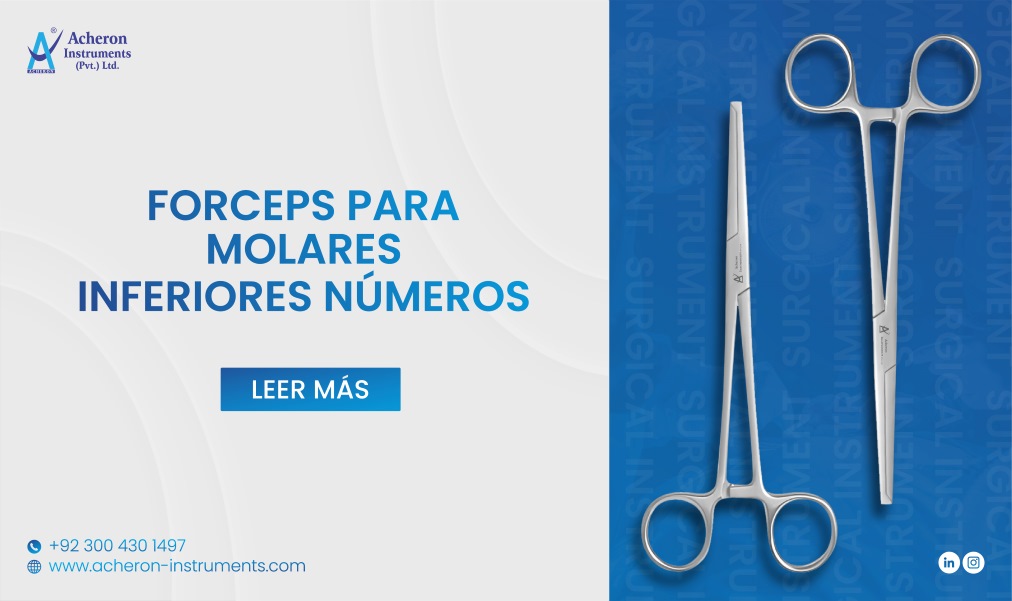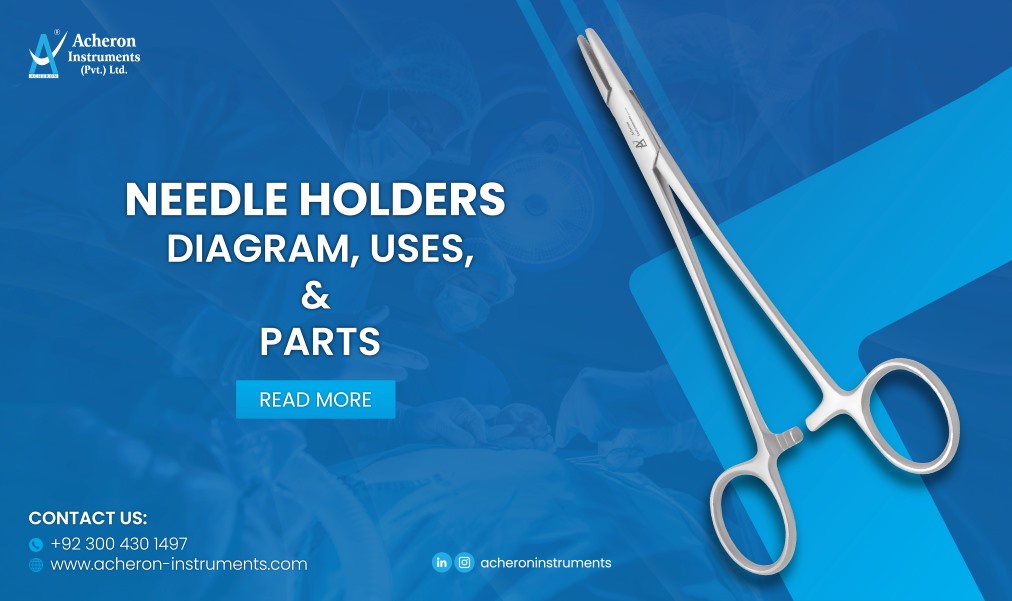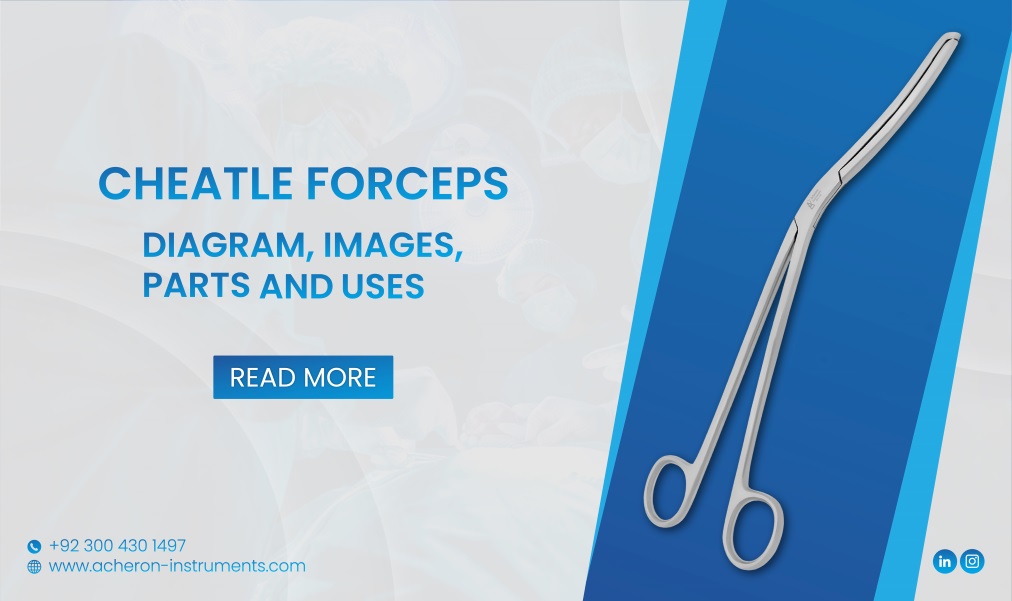In the realm of women's health, understanding the nuances of dilatation and curettage instruments is essential for healthcare professionals. From gynecologists to nurses, having a comprehensive grasp of these instruments is crucial for providing optimal patient care. This essential guide serves as a beacon, shedding light on the intricacies of D&C instruments, and offering a detailed overview for healthcare professionals.
Delving deep into the functionalities and variations of the instruments, this guide aims to equip practitioners with the knowledge necessary to navigate the complexities of D&C procedures with confidence and expertise. By providing insights into the latest advancements and best practices, this comprehensive overview strives to empower professionals in the field, fostering enhanced patient outcomes and satisfaction.
Whether you're a seasoned healthcare veteran or an aspiring professional, this guide is crafted to be a valuable resource, serving as a compass in the intricate landscape of D&C instruments. Join us as we embark on a journey to unravel the essential facets of D&C instruments, enriching our collective understanding and proficiency in women's healthcare.
Importance of Dilatation and Curettage in Healthcare
Dilatation and curettage (D&C) is a common gynecological procedure used for diagnosing and treating various uterine conditions. It involves dilating the cervix and scraping the uterine lining to remove abnormal tissues. D&C procedures are crucial for investigating abnormal uterine bleeding, diagnosing conditions such as polyps or fibroids, and managing miscarriages. By understanding the significance of D&C in women's healthcare, healthcare professionals can appreciate the pivotal role of D&C instruments in delivering accurate diagnoses and effective treatments.
D&C procedures are often performed in both outpatient and hospital settings, highlighting their relevance in diverse healthcare environments. Healthcare professionals must recognize the impact of D&C on patient outcomes and ensure that they are well-versed in the instruments and techniques associated with these procedures. This underscores the necessity for a comprehensive understanding of D&C instruments, as they form the cornerstone of successful and safe D&C procedures.
Understanding Dilatation and Curettage Instruments
Dilatation and curettage instruments encompass a wide array of specialized tools designed to facilitate the safe and efficient performance of D&C procedures. These instruments include dilators for cervical dilation, curettes for tissue removal, and specialized forceps for tissue grasping and manipulation. Understanding the specific functions and variations of these instruments is imperative for healthcare professionals involved in D&C procedures.
Healthcare professionals must familiarize themselves with the anatomy and design of D&C instruments to ensure precise and targeted application during procedures. This knowledge equips practitioners to select the appropriate instruments for different patient scenarios and optimize the efficacy and safety of D&C interventions. By gaining a comprehensive understanding of D&C instruments, healthcare professionals can enhance their procedural skills and contribute to improved patient care and outcomes.

Types of Dilatation and Curettage Instruments
Dilatation and curettage instruments are available in a variety of types, each tailored to specific aspects of the D&C procedure. Cervical dilators come in various sizes and designs to accommodate the anatomical variations of patients, enabling controlled and gradual cervical dilation. Curettes, on the other hand, are crafted with precision blades and ergonomic handles to facilitate the gentle scraping and removal of uterine tissues.
Additionally, specialized forceps and suction devices are integral components of D&C instrument sets, allowing for the manipulation and extraction of tissue fragments during procedures. Healthcare professionals need to familiarize themselves with the diverse range of D&C instruments available, as this knowledge enables them to make informed decisions regarding instrument selection and utilization based on individual patient needs and procedural requirements.
Proper Handling and Sterilization of D&C Instruments
Maintaining the integrity and sterility of dilatation and curettage instruments is paramount to ensuring patient safety and procedural efficacy. Healthcare professionals must adhere to stringent protocols for the handling, cleaning, and sterilization of D&C instruments to mitigate the risk of infection and cross-contamination. Proper handling and sterilization procedures contribute to the overall quality and safety of D&C interventions.
Thorough knowledge of the recommended cleaning and sterilization methods for D&C instruments is essential for healthcare professionals tasked with instrument maintenance. By adhering to established guidelines and best practices, practitioners can uphold the highest standards of instrument hygiene and safety, thereby safeguarding the well-being of patients and promoting the successful execution of D&C procedures.
Safety Protocols and Best Practices for Dilatation and Curettage Procedures
In addition to mastering the technical aspects of dilatation and curettage instruments, healthcare professionals must prioritize the implementation of safety protocols and best practices during D&C procedures. This encompasses meticulous patient assessment, informed consent, and comprehensive pre-operative evaluations to ensure the appropriateness of the procedure for each patient.
Furthermore, the utilization of proper anesthesia, strict aseptic techniques, and vigilant monitoring throughout the procedure are critical components of safe D&C practices. Healthcare professionals should also be proficient in managing potential complications and addressing patient concerns, fostering an environment of trust and assurance. By integrating safety protocols and best practices into D&C procedures, healthcare professionals can uphold the highest standards of patient care and procedural excellence.
Common Challenges and Solutions in Dilatation and Curettage Instrumentation
While dilatation and curettage instrumentation play a vital role in women's healthcare, healthcare professionals may encounter various challenges when performing D&C procedures. These challenges can range from anatomical complexities and patient discomfort to technical instrument-related issues. Practitioners must be adept at identifying and addressing these challenges to ensure the smooth execution of D&C procedures.
In response to anatomical complexities, healthcare professionals may need to employ alternative instrument sizes or techniques to navigate challenging cervical anatomies and uterine cavities. Additionally, the utilization of advanced imaging modalities and real-time visualization technologies can aid in overcoming procedural challenges and optimizing instrument utilization. By acknowledging and strategizing for common challenges, healthcare professionals can enhance their adaptability and problem-solving capabilities in the context of D&C instrumentation.
Training and Certification for Healthcare Professionals in D&C Instrumentation
To fortify their proficiency in dilatation and curettage instrumentation, healthcare professionals can pursue specialized training and certification programs tailored to D&C procedures. These programs encompass comprehensive education on the principles of D&C, instrument utilization, procedural techniques, and safety considerations. By engaging in structured training and certification initiatives, healthcare professionals can expand their expertise and confidence in managing D&C instrumentation.
Furthermore, ongoing professional development and participation in relevant workshops, seminars, and conferences can augment the knowledge and skills of healthcare professionals in D&C instrumentation. These platforms offer opportunities for networking, knowledge exchange, and exposure to emerging trends and innovations in D&C instrumentation, thereby enriching the professional acumen of practitioners in the field of women's healthcare.
Reliable Suppliers and Manufacturers of D&C Instruments
In the pursuit of acquiring high-quality dilatation and curettage instruments, healthcare professionals must identify reputable suppliers and manufacturers known for producing reliable and precision-engineered D&C instruments. Collaborating with established suppliers ensures access to a diverse range of instruments that adhere to stringent quality standards and regulatory requirements. This is vital for upholding the safety and efficacy of D&C procedures. Acheron instruments is one of the best and most well-known manufacturers of D&C instruments, you can contact our company team for further details and order,
Healthcare professionals should prioritize partnerships with suppliers and manufacturers renowned for their commitment to product excellence, customer support, and adherence to industry regulations. By establishing strong relationships with reliable suppliers, practitioners can access superior D&C instruments, benefit from prompt technical support, and stay informed about the latest advancements in D&C instrumentation, fostering a culture of continuous improvement and innovation in women's healthcare.

Conclusion and Future Developments
In conclusion, a comprehensive understanding of dilatation and curettage instruments is indispensable for healthcare professionals dedicated to women's health. By delving into the functionalities, variations, and best practices associated with D&C instrumentation, practitioners can elevate their proficiency in performing D&C procedures with precision, safety, and patient-centered care. The continuous pursuit of knowledge, training, and collaboration with trusted suppliers is pivotal in driving advancements and excellence in D&C instrumentation.
Looking ahead, the future of dilatation and curettage instrumentation is poised for evolution, with ongoing research and technological innovations shaping the landscape of women's healthcare. Emerging developments in minimally invasive techniques, enhanced visualization tools, and personalized instrument designs hold promise for further optimizing D&C procedures and elevating patient experiences. As healthcare professionals remain at the forefront of these advancements, their commitment to mastering D&C instrumentation will continue to impact the delivery of exceptional care and transformative outcomes for women worldwide.
In the intricate landscape of D&C instruments, this essential guide aims to serve as a compass, empowering healthcare professionals to navigate with precision and expertise. By embracing the knowledge and insights presented herein, practitioners can embark on a journey of continual growth and proficiency, ultimately enriching the realm of women's healthcare with unwavering dedication and excellence.








